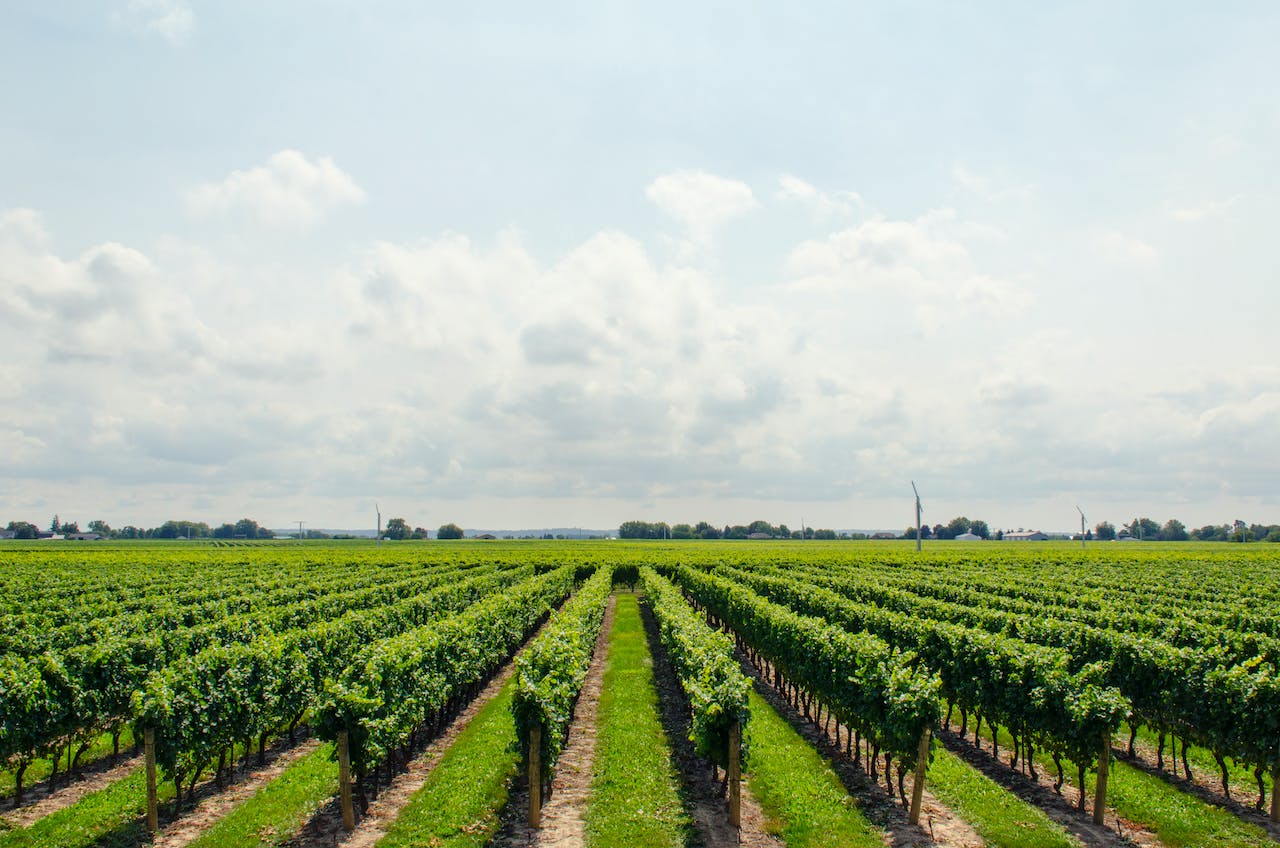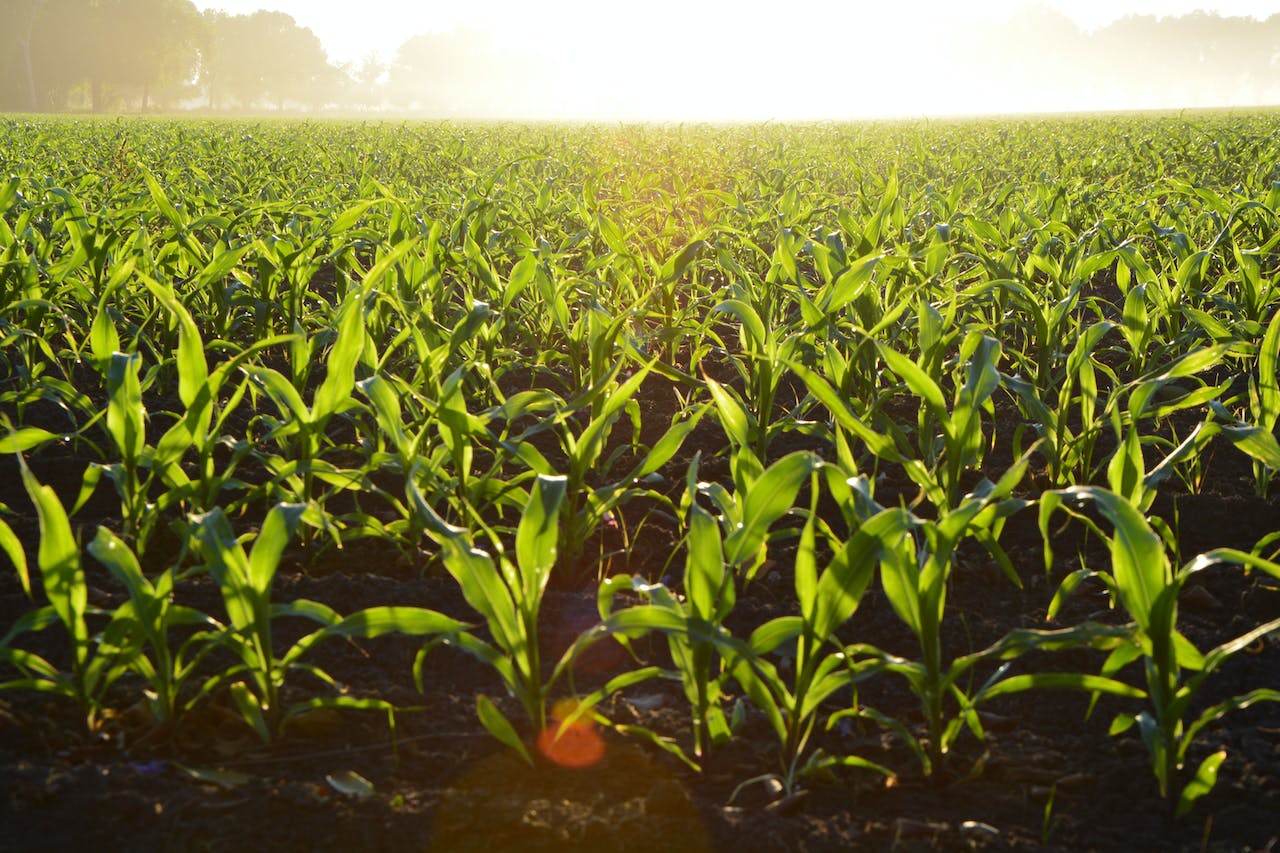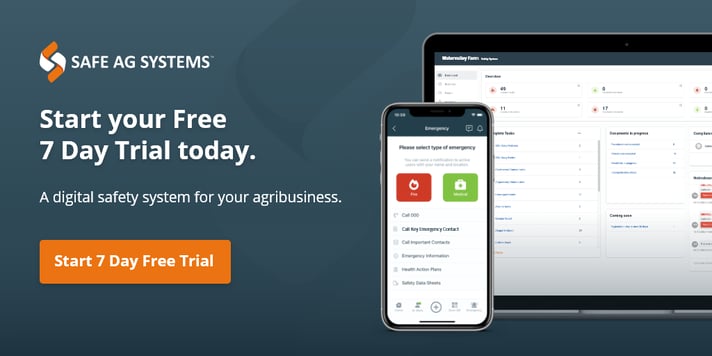Have you ever seen abandoned buildings overgrown with nature? Nature has an incredible way of recovering without interference.
Regenerative agriculture follows the same principle and has two core values – regeneration and revitalisation of the land.
Regenerative agriculture is an organic method of sustainable farming. This farming practice is focused on rehabilitating dry, over-eaten and chemical-reliant soils, back to what nature intended.
How is this done? By listening to your soil. It’s undeniably the most important thing on your farm.
-
Maintaining continuous vegetation cover on soil
-
Reducing soil disturbance to protect microorganisms and carbon sequestration
-
Increasing the amount and diversity of microorganisms within soil
Improving your soil health revitalizes your pastures for healthier livestock and nutrient-dense produce.
How is it different to Sustainable Agriculture?
Think of sustainable agriculture as an umbrella term. This umbrella covers all holistic farming practices that wouldn't be considered industrialized.
As a branch of sustainable agriculture, regenerative focuses on recovering depleted soils to their fullest potential. Sustainable farming alone focuses on protecting the “now” and improving it for the future. We explain more about sustainable agriculture here.
Realistically, regenerative agriculture is sustainable farming! Think of it as another method towards a sustainable future and farming.

What are Regenerative Farming Practices?
Regenerative farming focuses on restoring the ecosystem of the land. Its foundations are to ‘restore’ and 'revitalise' the land.
Commitment to regenerative practices requires opting out of chemical-based fertilisers, no-tillage and letting paddocks rest periodically.
Methods of regenerative agriculture:
-
Crop rotation - plant different seeds after each harvest
-
Reduced or no-tillage
-
Livestock rotation - rest and rotate paddocks
-
Composting - worm juice for fertilizer, leave crop remains
-
Agroforestry - combine forestry with livestock or crops
Your soil health is important. Protecting it by not tilling and disturbing the topsoil is crucial. By leaving the soil alone, you keep the biodiversity of microorganisms and carbon sequestration in the ground.
Microorganisms – otherwise known as microbes – are microscopic organisms such as bacteria and fungi. They not only play an important role in the ecosystem but in your soil as well. They’re the cause of decomposition, nutrient cycling and symbiotic relationships with plants and trees. A perfect explanation as to why regenerative agriculture uses agroforestry.
Agroforestry improves and protects soil by implementing trees which lessens the impact of droughts and floods. Teaching your land resilience in extreme weather.
An added bonus? The trees sequester carbon. Trees can store large amounts of carbon within the soil through photosynthesis – this is why no tillage is recommended.
Agroforestry is also proven to reduce greenhouse gas emissions. Through silvopasture – the practice of having livestock and agroforestry together – gases like methane are able to be absorbed by the trees.
Continually rotating livestock paddocks also preserve your land. By letting livestock feed on pastures before leaving for an extended period, teaches your pasture resilience and growth.
Livestock will eat the grass stems rather than roots if left for a short period. Allowing the grass to recover and sprout more stems for a fuller paddock.
This particular rotation method is crucial for preserving pastures coming into summer. If livestock are left too long in one area, they’ll rip the roots from the ground and leave the ground bare.
Without any grass coverage, winds take away nutrient-dense topsoil and water won’t soak into the ground. Keeping coverage maintains soil health and protects your water cycle.
How would it benefit to your agribusiness?
You may be reading this going “Well it sounds like a lot of work” and you'd be right. Regenerative agriculture isn't an overnight change. It takes trial and error listening to your soil and providing what it needs.
One major improvement to regenerative agriculture is its ability to teach your pasture to be drought resilience. By improving your soil health, it builds immunity to harsh climates.
When pastures aren’t barren, and are flush with growth, they’re the last to succumb to drought and the first to get out of it.
The best bonus of it all? Year-round feed.
Remember when we mentioned rotating your paddocks to let them grow? Doing so allows each paddock to rest, recover and flourish. Providing enough ground feed year-round to not warrant a substantial feed bill.
When your livestock eats nutrient-dense pasture it's for the better. Less processed feeds equal healthier animals. Healthier animal equal healthier humans. We consume whatever nutrients the livestock contains after all.

On top of providing a better lifestyle for your livestock and ecosystem, you’ll be investing in yourself. The transition period is often the most financially challenging. Once managed you’ll hopefully be finding a return on investment.
Regenerative agriculture benefits your agribusiness by:
-
Opening doors to new markets
-
Improving crop yield and quality
-
Better resilience against disasters
-
Reducing costs
-
Strengthening soil health and biodiversity
-
Improving your water cycle – no water erosion or pollution
Can Regenerative Agriculture mitigate climate change?
Short answer. Absolutely.
Our long answer. Carbon dioxide is the primary culprit for greenhouse gases. When we disturb our soil through tillage, and other means, carbon stored by our crops is released back into our atmosphere.
Through regenerative agriculture, it's possible to keep carbon sequestered. Not tilling leaves carbon within the ground. Remember when we mentioned microorganisms? Those microbes feed off the carbon and the energy produced by the crops. This creates healthier soil and produce.
A report by Organic Farming Researchers, Rodale Institute, states:
“…global adoption of regenerative agriculture practices across both grasslands and arable acerage could sequester more than 100% of current anthropentic emissions of C02”.
Rodale Institute and organisations alike entirely believe it’s possible to reverse climate change by changing farming practices.
While it is a big call to make, the research and evidence does back it up.
Carbon is the life of soil. Microbes need carbon to exist. Plants need microbes to flourish.
You may question “But what about the soil health after I harvest?” Without crops the microbes don’t have carbon fed to them and soil health decreases.
Being left bare, opens soil up to the elements. This is when you lose your precious topsoil, causing stored carbon to deplete. Meaning next seeding season, you’re pretty much starting over again with poor soil.
Solution? Constant crop rotation. By harvesting and then planting other seeds in the off-season, you guarantee healthy soil year-round. You’re still sequestering carbon and keeping your microbes happy.
Sequestered carbon equals less in the atmosphere. Meaning it plays a role in fighting climate change.
Embracing regenerative agriculture offers a pathway towards a sustainable future for farming and the environment. Its ability to mitigate climate change, increase soil health and produce healthier food, makes it an outstanding method of sustainable farming. Producing rewarding results for the land and farmer.
Topics: Sustainability in Agriculture
Disclaimer: Content on this website may be of relevance to users outside of Australia, but content links and examples are specific to Australia. Please check with your local authority for your country and industry requirements.






.jpg?width=520&height=294&name=dan-meyers-IQVFVH0ajag-unsplash%20(1).jpg)

